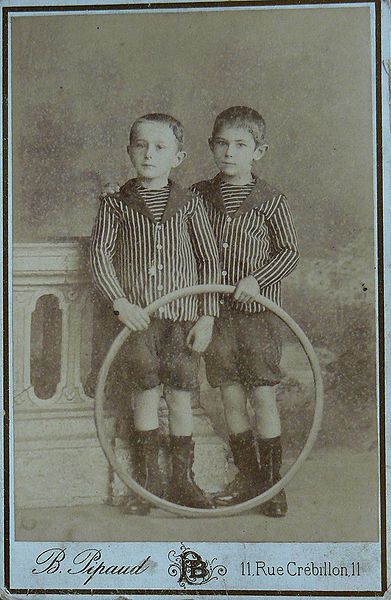1. It’s good for your heath! We have all read reports about how exercise is good for your heart and burns those calories that seem to gather around our middles. It gives you strong bones and muscles… wait, or is that milk? … well maybe they both do that. Riding your bike is also easier on your joints… unless you find a lot of pot holes I guess…
2. It is a good way to get rid of stress! Biking helps calm your mind and works out all the tension from our busy modern lives! I realize this could go with #1 but this is your mental health we are talking about. We are talking "Be one with the Potholes" here.
3. With gas prices constantly rising, biking is the economical choice! And no, you can’t count the price of a new bike, a new leather saddle, or sweet gadget as a cost! Look at #1 and #2, these are investments in your heath, not transportation costs! (I deny I am in denial!) Really you don’t need any of these new things, a bike is a bike, and your pedal power is a lot cheaper than gas… wait I am not saying your cheap! Let’s move on!
4. Its Green! Using less gas and electricity is a good idea whether you believe in global warming or just sticking it to the oil companies. Either way, help the earth and cut into corporate gas/oil profits!
5. If you do it in Tweed you will look very Dapper! Ok, you will look cool no matter how you dress, but remember I am trying to get you to ride along on the Alpena Tweed Ride!
6. If you have any ideas about things I missed, feel free to leave a comment!
Albert Einstein
Any way you look at it, it’s the smart thing to do!













































